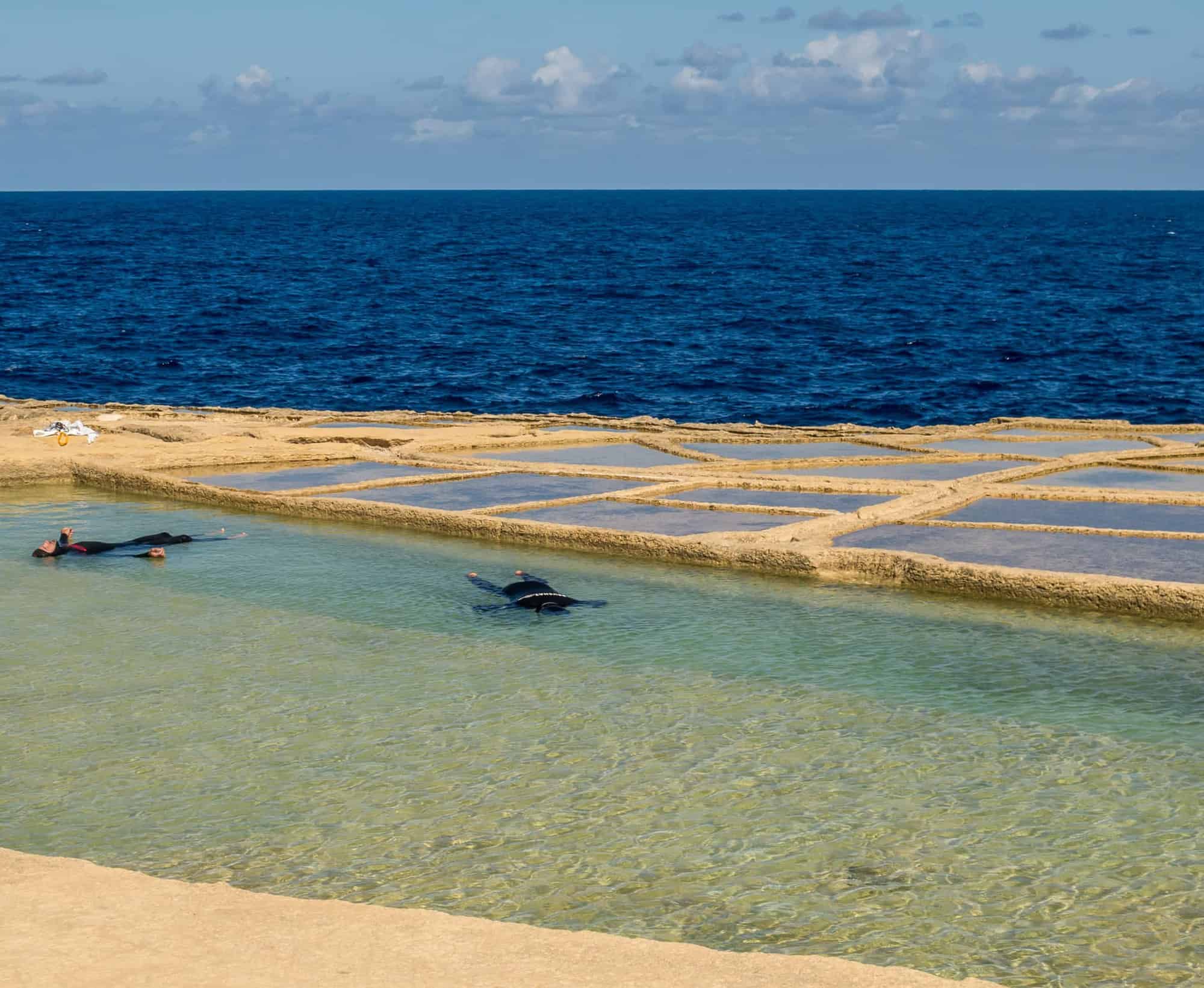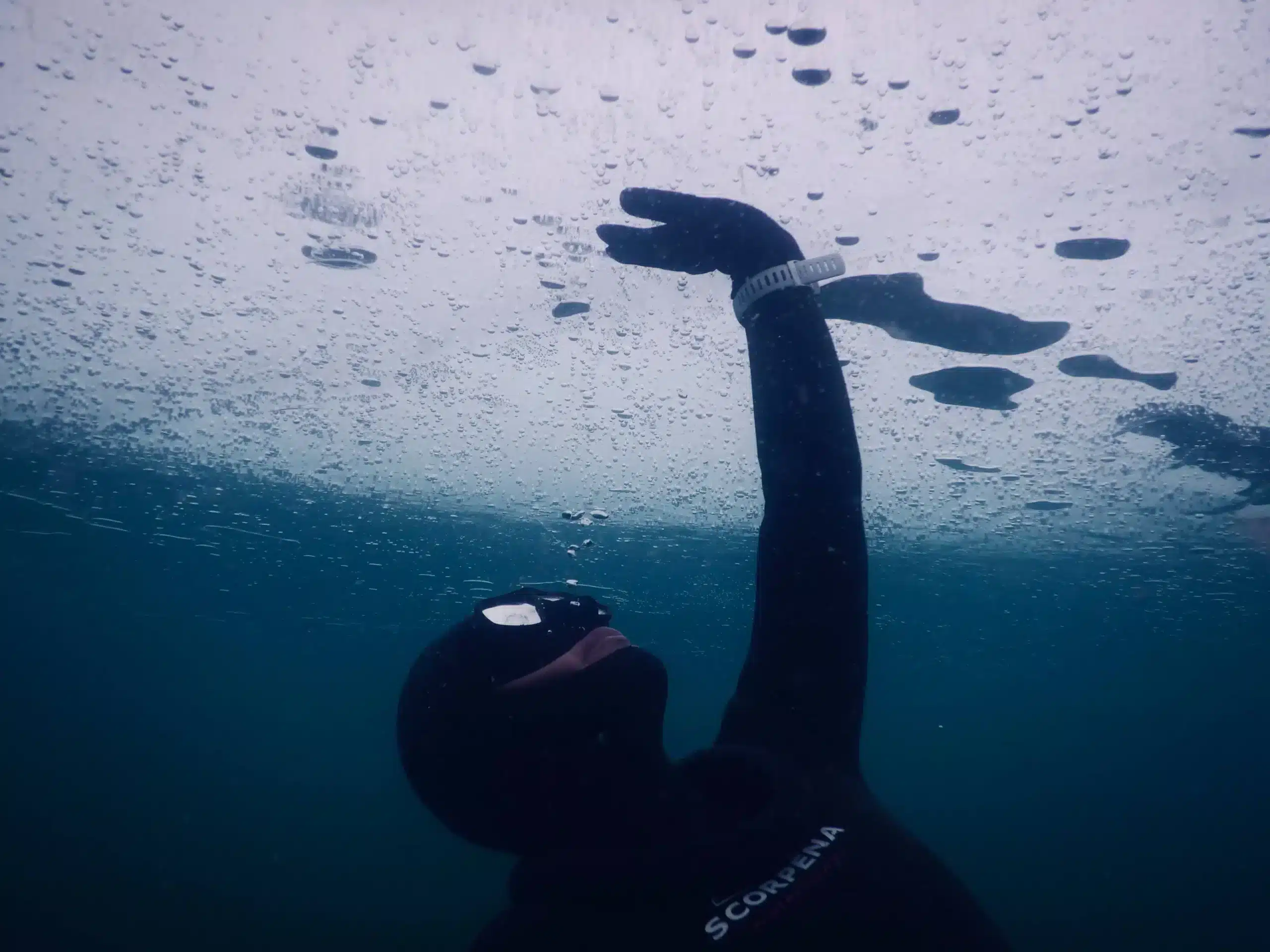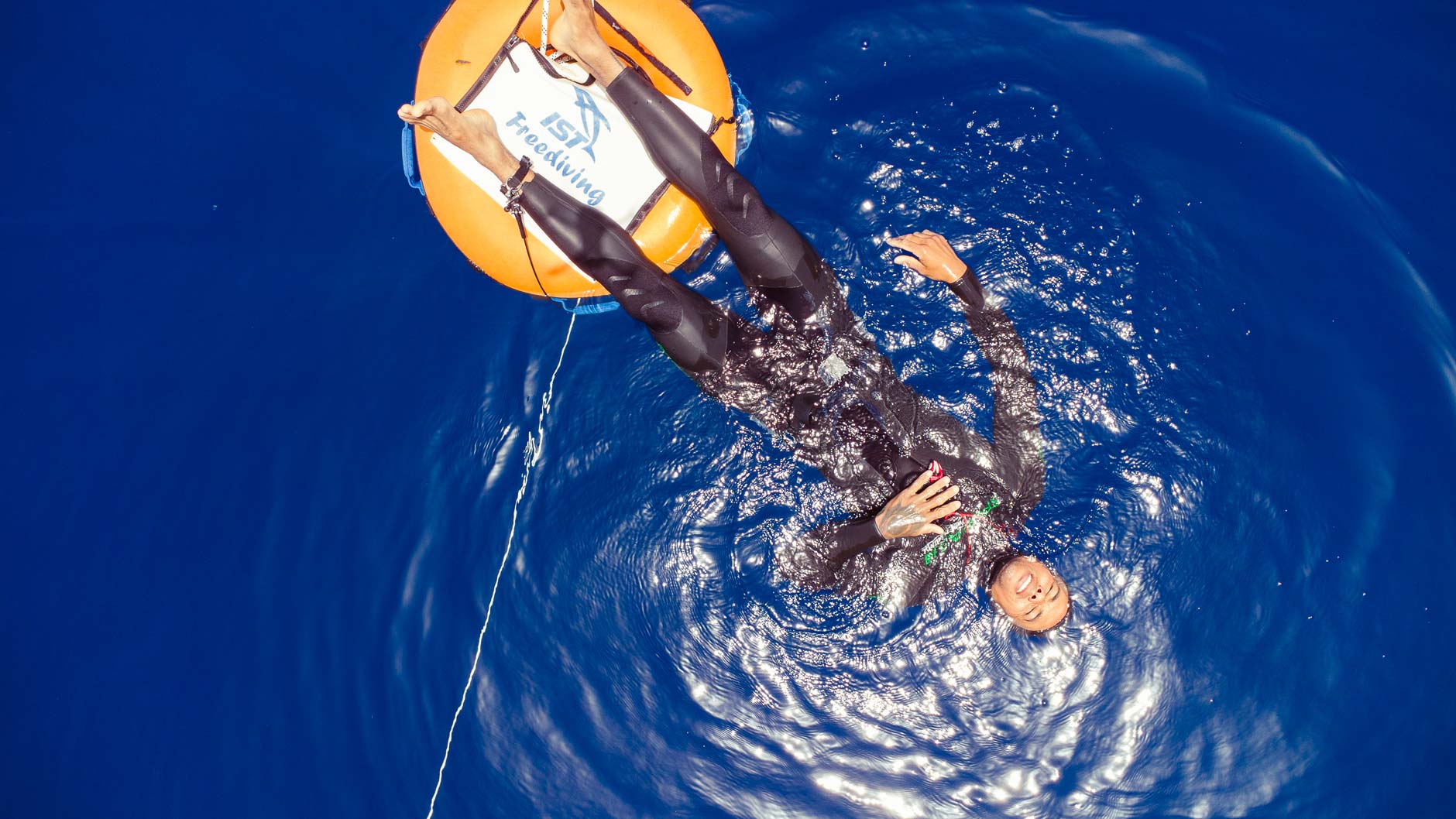The evolution of CO2 training tables has come a long way over the years. Smarter approaches have been developed, revolutionising the way freediver train their breath hold.
Mastering your breath-hold is one of the keys to unlocking comfortable diving. If you’ve completed a freediving course or have been browsing the internet learning about freediving, chances are you’ve come across Co2 (Carbon Dioxide) or contractions (the urge to breathe). Whether we like it or not, Carbon dioxide training is one of the many skills we need as freedivers (for both competitive and recreational freedivers).
Holding your breath doesn’t need to feel hard. It shouldn’t, and there are smarter ways on training it other than the classic Co2 tables. In fact, I’d like you to forget about all that rubbish you’ve read on classic Co2 tables. The no-contraction table is an approach that promises building a comfortable and healthy relationship with breath-holding and the rise of Co2.
Firstly, what is Co2 (Carbon Dioxide)? The Urge to breathe (contractions)!
Carbon dioxide (CO2) plays a crucial role in freediving. It influences the urge to breathe that divers experience while underwater.
The urge to breathe is caused by the level of CO2 in the blood, rather than the lack of oxygen. The bodies chemoreceptors are sensitive to changes in blood pH caused by CO2 levels. CO2 dissolves in the blood which forms carbonic acid and lowers the pH. The chemoreceptors detect this decrease and trigger the respiratory centre of the brain, causing an urge to breathe and dispose of the excess CO2.
The longer a freediver holds their breath, the more intense the urge to breathe becomes. As freedivers, we need to train this, physically and physiologically. The way we train this can vary and would depend on your goals. Next up we’ll talk about classic Co2 training tables and the No-contraction table.
Holding your breath – The three stages
Before we dive in, let’s break down how a breath-hold feels. There are basically, three stages:
- Stage 1: This is the beginning of the bretah-hold and it’s where we are most relaxed and feel no signs of CO2 build up or urge to breathe.
- Stage 2: The middle stage. It’s where things start getting interesting. Carbon Dioxide slowly starts building up. You will begin to feel like you want to breathe and as time passes, you will feel more sensations which can become quite overwhelming. It’s the stage where exploration and play comes in. It’s the stage where training should happen. We want to feel and understand what’s happening.
- Stage 3. This is the tough stage. The urge to breathe is very intense. It’s where most people give up. But really and truly it stays the same throughout.
What are classic CO2 Training tables?
In a nutshell, they’re what freedivers are not supposed to be doing. It’s a series of 8 breath-holds where the hold will remain the same (let’s say 2 minutes) and the recovery time decreases. This decrease in recovery time does not give enough time for the freediver to breathe and purge the build up of CO2. By the end of it there is simply too much CO2 built up. It’s intense, It’s nasty. Breath-holding is supposed to feel good, and not bad!
The difference between CO2 and O2 tables
CO2 tables build up tolerance to high carbon dioxide in the blood. A rest time in this kind of apnea table decreases with each round while the apnea time stays the same. On the other hand, O2 tables are meant to help adapt the body to low level of oxygen. During an O2 table, the breath is being held for longer each time round with a constant rest time.
Do Classic CO2 training tables work?
It depends what phase you are in your training, but in general, they don’t work. If you’re a beginner or even and ‘advanced or master freediver’, you’d want to stay in the stage 2 phase as much as possible. When practicing classic CO2 tables, we’re always bombarded with high CO2 and it gets worse on each breath-hold! Each hold starts right at stage 3, with high CO2. This barely gives us enough time to explore stage 1 and stage 2, where we learn how to relax more into the subtle rise of carbon dioxide. Learning and becoming one with the rise of CO2 in stage 2, ultimately, enables us delay it.
The No contractions table
An excellent way to get a good training stimulus, but without too much mental struggle or drain to nervous system! The no-contraction table puts focus on relaxation technique and delaying the urge to breathe by blocking contractions.
How to perform the no contractions table (Table’s can vary – this is a basic one)
- Prepare your space; lay on the yoga mat or on the sofa. You can even have your feet / lower legs propped up on a couple of pillows to allow for comfort. By this time, you should already know when you get your first contraction.
- Prepare your timer or application.
- Since these table are easy on the nervous system, we’ll be performing 8 breath-holds. 6 breath-holds are also enough if you don’t have time.
- Leave two minutes of rest between each breath-hold
- Hold and relax!
Dealing with No Contractions
- During the hold, focus exclusively on developing relaxation, and then trying to maintain this state when the urge to breathe arrives and strengthens.
- The breath hold duration will likely increase each time, even though recovery intervals are short. This should be welcomed, but is not the goal of the table, which is mainly to relax deeper during the urge-to-breathe phase.
- Knowing that you will not have to endure any time in the period of strongest sensations, when contractions are unavoidable, can give more incentive to try to delay contractions as long as possible.
How often should you do CO2 Tables for Freediving?
CO2 puts a big load on the nervous system. As much as training CO2 is important for comfortable diving, rest is as equally important. The amount by which you train will vary from person to person and depend on the stage of the CO2 training. Other factors should be taken into account; activities like cardio, gym, pool diving & depth diving. The more activities, the more rest we need.
Because no contractions table are fairly easy on the system, a rotation of two days on and one day off is recommended. If the athlete is engaging in other activities like cardio, I would recommend sufficient rest of 24 hours. The tables should be performed in the morning before any other activity.
Using an Apnea app like Stamina can get you going! It’s basically a CO2 calculator; once you feed the App information, it will generate apnea tables. Alternatively, you may generate your own custom tolerance tables that suit your needs and goals.


